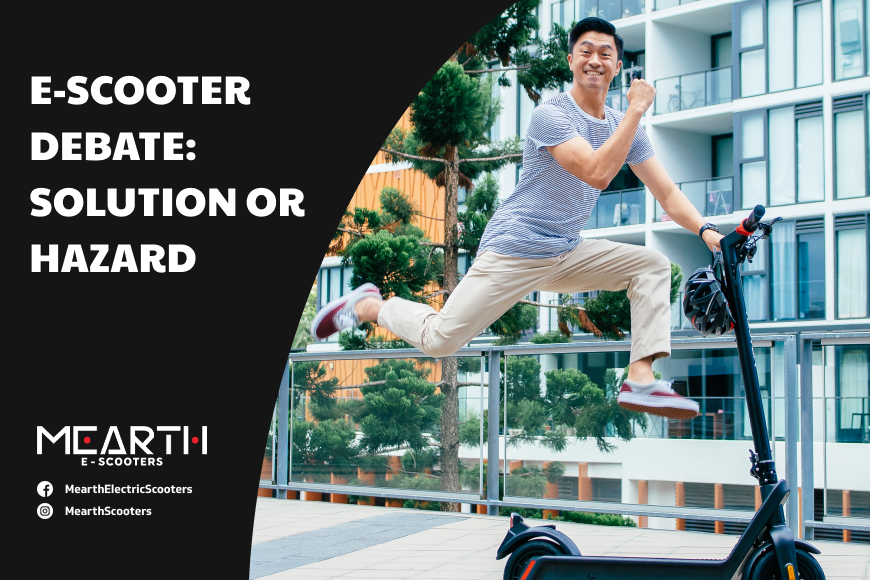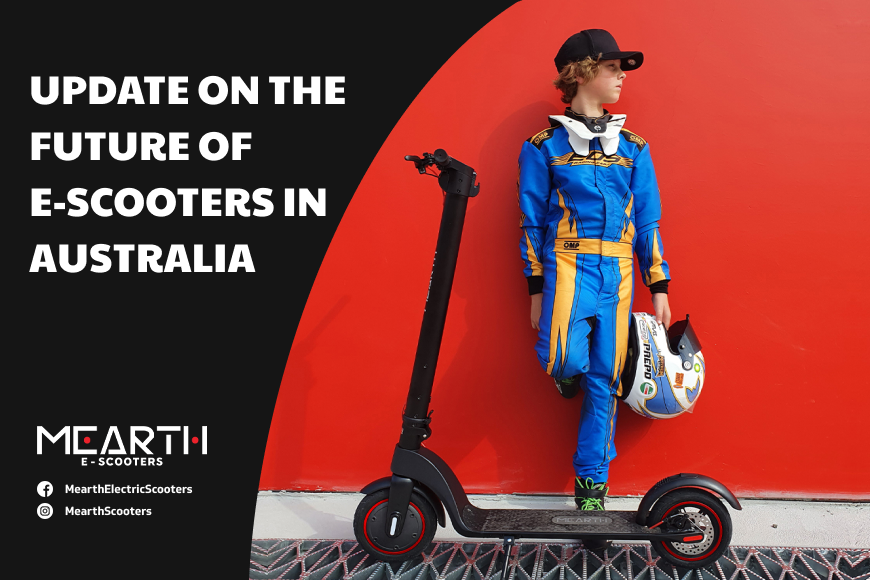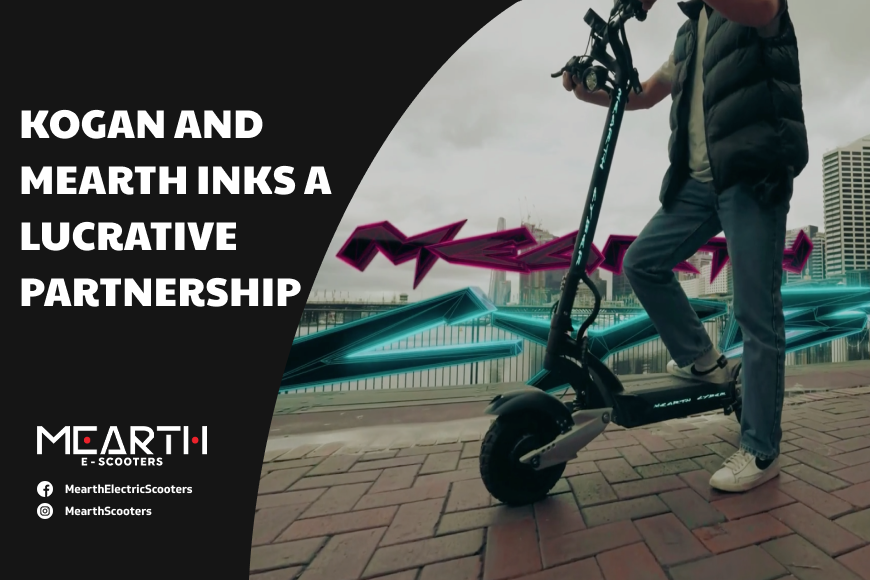
Australia’s e-scooter debate steps up, but the rules are confusing still.
With rising petrol prices and environmental concerns, e-scooters are quickly growing in popularity. But as legislation lags, are they safe?
There is no question that e-scooters have truly exploded in popularity since an electric scooter rental company launched its services in Brisbane just before 2018 ended. Today, several rental companies operate more than 3,500 e-scooters across Australia and New Zealand, and has been joined by their competitors.
But. And it’s still contentious, as they remain subject to messy regulatory frameworks across the different states and territories. Add to that opposition from groups representing pedestrians and other people with disabilities or physical limitations.
So far, only Queensland, the ACT, Western Australia and Tasmania have the most scooter-friendly rules, allowing shared schemes and privately owned e-scooters to be ridden in public.
In Victoria, South Australia and the Northern Territory, e-scooters are only allowed at the chosen trial sites, but with restrictions on privately owned devices.
New South Wales that is the only state that is yet to have mandated e-scooters in any form. However, it has not prevented many users from buying and riding them.
NSW’s first trial of a rental scheme has already began in 37 councils, but the City of Sydney and Inner West councils have declined to participate, citing safety concerns for pedestrians. The Inner West council had said it is “keen to see the results of the trial before making further decisions,” while Sydney lord mayor Clover Moore says the state government should “get the regulation right” before e-scooters are encouraged in the “contested space” of the CBD.
In other words, simple laws should be passed to allow private owners to utilize their mode of transport.
Amy Schramm, from the Centre for Accident Research and Road Safety at Queensland University of Technology, said that comparing the danger of e-scooters to other forms of transport is impossible in Australia due to lack of data.

International studies have suggested there are about 115 serious injuries per million e-scooter trips, a rate barely comparable to motorcycles.
A study conducted by the centre in 2019 found e-scooters that were ridden illegally on about half their journeys, and riders using share schemes were more likely to be non-compliant.
In June, the Queensland transport minister, Mark Bailey, released new rules to regulate e-scooter use, while reiterating they “weren’t going anywhere”.
He said: “This technology is here to stay, but we need to continue to adapt the framework that supports these devices to ensure everyone’s safety, particularly people with disabilities.”
The Queensland Disability Network has been working alongside the state government after citing concerns over parking hazards and e-scooters ridden at high speed on footpaths. Its chief executive, Paige Armstrong, says “further discussions need to be had” to minimize safety risks.
Today, micro-mobility companies use advanced technology to enforce local laws, including automatic speed control, geofencing, voice guidance and using individual QR codes to track riders.
The changes also include speed limits on some footpaths, mandating bells and increasing penalties for high-risk offences, with long term goals to improve parking and signage and build better transport infrastructure.
The speed limit on Queensland footpaths will be halved to 12km/h started last November.
Meanwhile, Electric Riders Australia, a peak body for mobility users, says Queensland has led the way in regulating e-scooters, alongside the ACT – which legalized the devices for private use in 2019.
Its chief executive, Tom O’Neill, is actively lobbying for private e-scooters to be legalized, in every state and territory. He said “Though our community acknowledges the step forward with the commencement of the NSW e-scooter trials, there’s a large proportion [of users] … that privately own a device who are excluded.”
Prohibition in NSW has not stopped many users riding e-scooters, which are everywhere to be seen on the streets of Sydney and elsewhere in the state.
Mark, a rider who didn’t want his surname used, has operated a private electric scooter in NSW for about four years, traveling to and fro, and reaching about 7,000km.
He said, “I’ve known from the start that such devices are illegal … and seen outcomes ranging from verbal warnings, all the way through to near $3,000 fines.”
However, Mark added the benefits are clear, ranging from carbon emission reductions, improved cost of living benefits amid petrol price hikes, and prevention of infrastructure wear.
“I am angry and embarrassed” that the NSW government refuses to legalize private scooters before regulating hired ones, and at the “bureaucratic senselessness” of rolling out another state-specific trial. He continued, “To do so ahead of privately owned devices is utterly misguided. [Rental scheme] users are allowed … to jump on and use the scooters with nothing but a few app screen’s worth of theoretical instruction and guidance.” Mark is bewildered that “They continue to delay and procrastinate the decision … to run this pointless trial.”
Norman Dee, another e-scooter rider agrees. He rides an e-bike around the Melbourne CBD and its surrounding areas, and he averred the problem with e-scooters is inexperienced riders.
“People who own their scooters pay very good money for their mode of transport,” he says. “Simple laws should be passed to allow private owners to utilize their mode of transport, rather than allow people who are inexperienced … to hire e-scooters.”
There are “big caveats” for the NSW trial, particularly as riders will be banned from using footpaths, preventing the take-up of already existing safe infrastructure.
“It’s a conversation that state and local governments need to have if we’re going to be dabbling into alternate shared micro-ability options,” according to Madison Bland, a PhD candidate at Griffith University’s Cities Research Institute.
“Either we start converting or re-prioritizing road space for other devices or start looking at lower speed limits to make the road environment safer. If we are realistic in combating the climate emergency, we have to look to these more sustainable modes … we can’t just convert our cars to electric vehicles and expect that to solve the problem,” said Bland.
He confirmed that the benefits of e-scooters are multifaceted. “As soon as electricity grids transition, e-scooters will be carbon neutral. We can look to them as part of a breadth of sustainable transport modes … one important factor of many.”
At this point, nothing has been concluded – yet. But one thing is certain, electric scooters are perfect for those short, inner metropolitan trips. And with rising fuel prices, e-scooters are a cost-effective device that does not pose a hazard to the environment. Armed with such awareness and knowledge, there will not be a halt or loss in sales for these personal mobility devices. They will continue to thrive, and provide convenience and pleasure to their riders.




Leave a comment
This site is protected by hCaptcha and the hCaptcha Privacy Policy and Terms of Service apply.